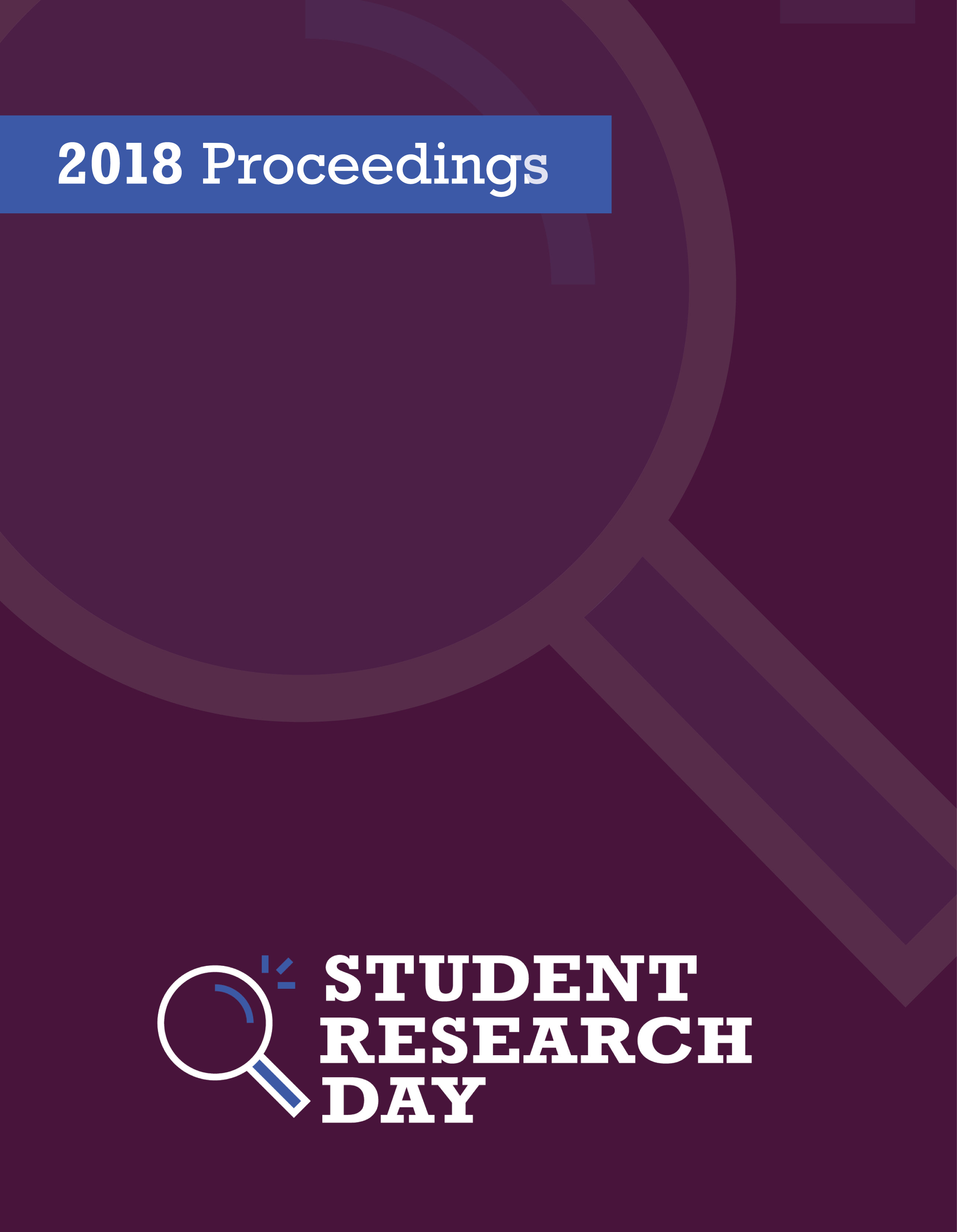Preliminary Evidence of Spatial Memory in the Red Squirrel, Tamiasciurus hudsonicus
Implications for Cache Recovery and Use.
Abstract
Many animals use long-term memory for spatial information (Roth et al., 2012). In food recovery, the importance of long-term memory remains unclear. However, the role of long-term spatial memory in successful food recovery has been demonstrated in some animal species (Pravosudov et al., 2015). In line with this finding, previous studies have shown that spatial memory plays a role in the ability of an animal to recover previously stored food. In squirrel species, past studies have examined the performance of individuals in tasks of spatial memory. Nevertheless, squirrels have been previously assumed to forget the locations of food they have buried. In the North American red squirrel, Tamiasciurus hudsonicus, past research has not explored its use of spatial memory. Since these individuals live in environments of fluctuating food ability, their ability to encode, store, and use spatial information affects their survival.
To our knowledge, the duration and precision of long-term spatial memory in North American red squirrels have not been empirically documented. For this reason, our study focused on the role of long-term spatial memory in successful food recovery. To test these abilities, we examined whether squirrels were capable of long-term memory for a precise spatial goal through a food-motivated, associative-learning task.
Discipline: Psychology (Honours)
Faculty Mentor: Dr. Shannon Digweed
Published
Issue
Section
License
Authors retain any and all existing copyright to works contributed to these proceedings.



